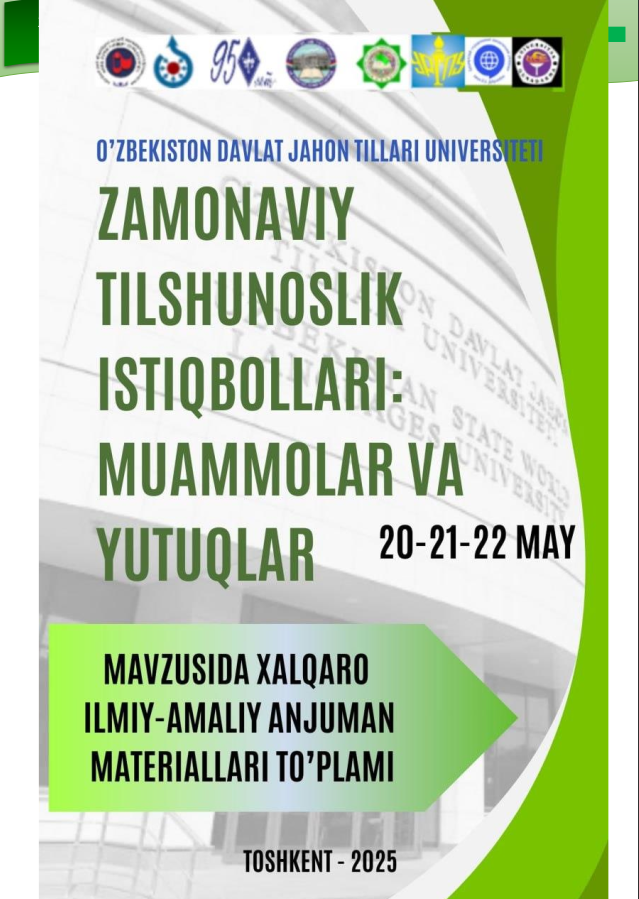NEUROCOGNITIVE MECHANISMS BEHIND LANGUAGE LEARNING APPS: INSIGHTS FROM PSYCHOLINGUISTICS AND IT
https://doi.org/10.5281/zenodo.15590494
Kalit so‘zlar
Neurocognitive mechanisms, language learning apps, psycholinguistics, information technology, cognitive processes, second language acquisition, memory, attention, digital learning toolsAnnotasiya
The rapid development of digital technologies has revolutionized language learning, offering learners unprecedented access to personalized, flexible, and interactive tools. This article explores the neurocognitive mechanisms involved in language learning through mobile and web-based applications, focusing on insights derived from psycholinguistics and information technology (IT). By examining cognitive processes such as memory, attention, and perception, this paper investigates how language learning apps facilitate second language acquisition (SLA) and how psycholinguistic theories can inform the design of these apps. It discusses how modern technology can engage cognitive systems to optimize learning and retention, while also highlighting challenges faced by language learners in digital environments. The article concludes by proposing potential directions for future research and development in language learning applications, with the goal of enhancing their alignment with the brain’s natural learning processes.
Foydalanilgan adabiyotlar ro‘yhati
Baddeley, A. (2000). The episodic buffer: A new component of working memory? Trends in Cognitive Sciences, 4(11), 417-423.
Dubrovina, A. M. (2006). Cognitive mechanisms of language acquisition and language learning. Moscow: Russian Academy of Sciences.
Ebbinghaus, H. (1885). Memory: A contribution to experimental psychology. Annals of Neurosciences, 13(1), 13-35.
Krashen, S. D. (1985). The Input Hypothesis: Issues and Implications. Longman.
Schmidt, R. (1990). The role of consciousness in second language learning. Applied Linguistics, 11(2), 129-158.
Sweller, J. (1988). Cognitive load during problem solving: Effects on learning. Cognitive Science, 12(2), 257-285.
Van der Meijden, A., & Veenman, M. (2016). The impact of adaptive learning technologies on language acquisition: A review. Educational Technology Research and Development, 64(2), 307-319.

